Spring wild edible and medicinal plants that you can find growing in your lawn! Learn easy to identify and very common spring lawn weeds that can be used for free food and medicine.
Spring Wild Edible & Medicinal Plants that are Growing in your Lawn
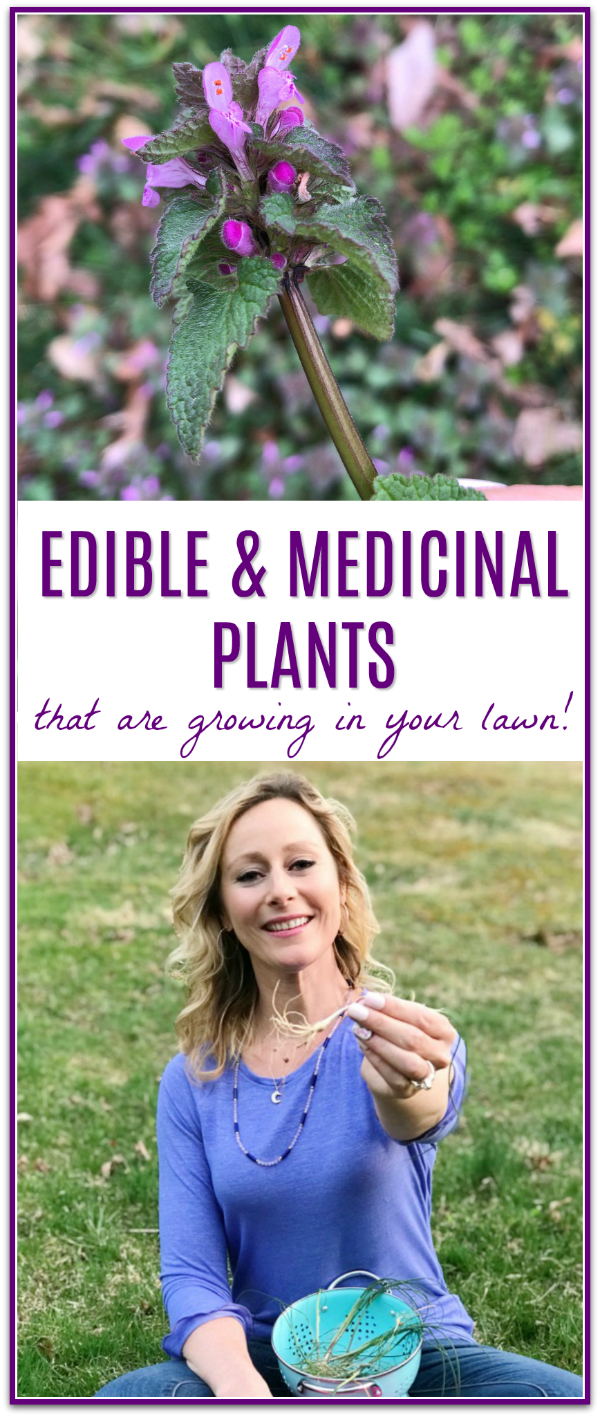
Free food and medicine growing in your lawn
Did you know that many of your spring lawn weeds are rich in both nutrition and medicinal value?
That’s right! There’s an abundance of free food and medicine growing in your lawn!
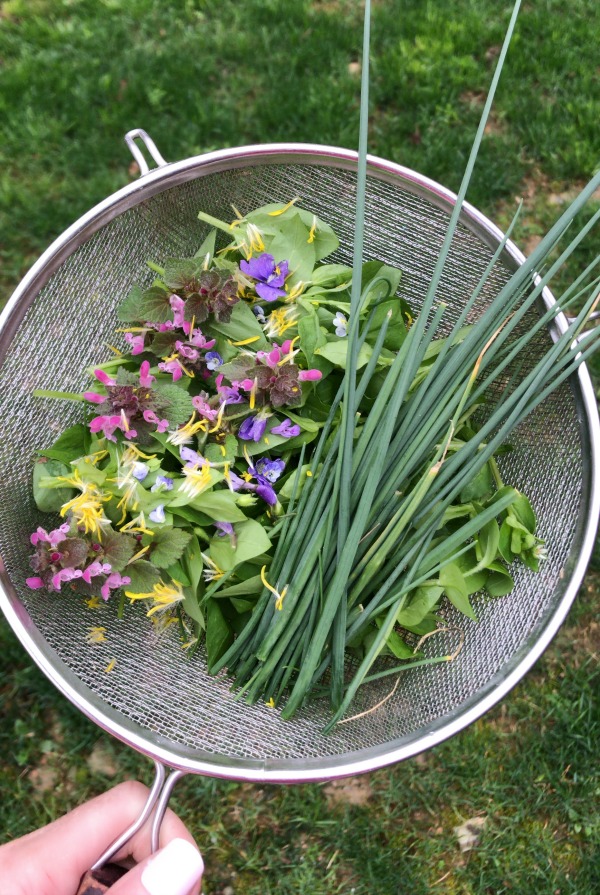
I fell in love with foraging and learning about wild plants about 10 years ago when we moved to a large property in Pennsylvania. As I was spending a substantial amount of time in nature and studying these wonderful wild plants, I realized that nature truly provides everything we need at the exact time our body needs it. I’m continually amazed and filled with gratitude everytime I study a new plant. God freely gives us everything we need, right under our feet in nature, to keep our body healthy and running optimally. How cool is that?!
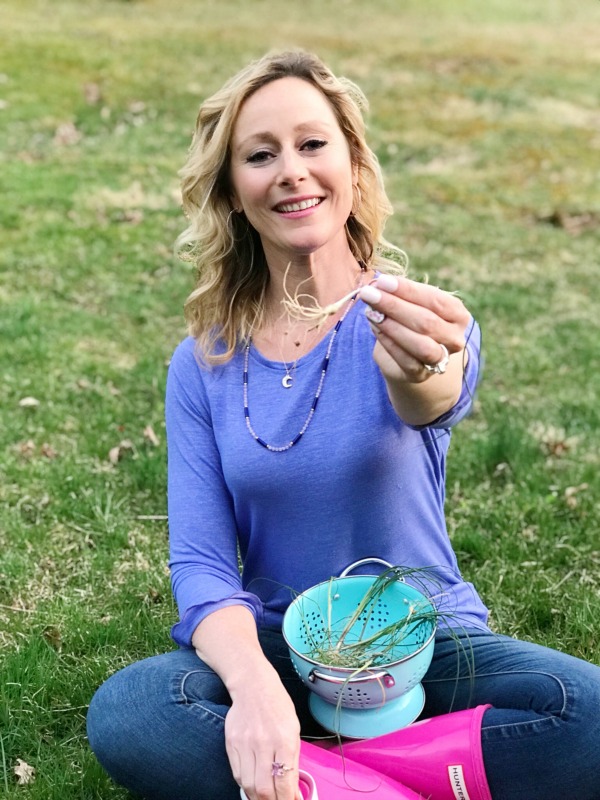
During early spring, the first wild plants that start to show are ones that specifically strengthen the immune system and clear the detoxification pathways so we can stay vibrantly healthy. Plus, these wild plants are much more nutrient dense than anything you can find at the produce section of your store. Nature knows exactly what our body needs to thrive and freely provides it!
Spring wild plants like chickweed, violets, purple dead nettle, dandelion, and ground ivy are abundant in spring and can be found literally everywhere.
In fact, I often see them growing in the cracks of the sidewalk in very urban areas as if to say, “here I am! Don’t forget about me!” Most of us step on them or pull them up or maybe even spray poison on them without giving it a thought. But my hope, after gaining this knowledge, is that we may stop and take notice of these plants right under our feet. And maybe we’ll become aware that perhaps these plants are just the medicine our body needs. And what a wonderful realization to have: There is free food and medicine right under our feet, all the time!
(I give foraging tutorials on my Instagram highlights bubbles and stories feature. I’m working on converting them into blogposts and YouTube videos, but for now, they are all on Instagram. I’d love to have you follow along @primallyinspired if you are interested.)
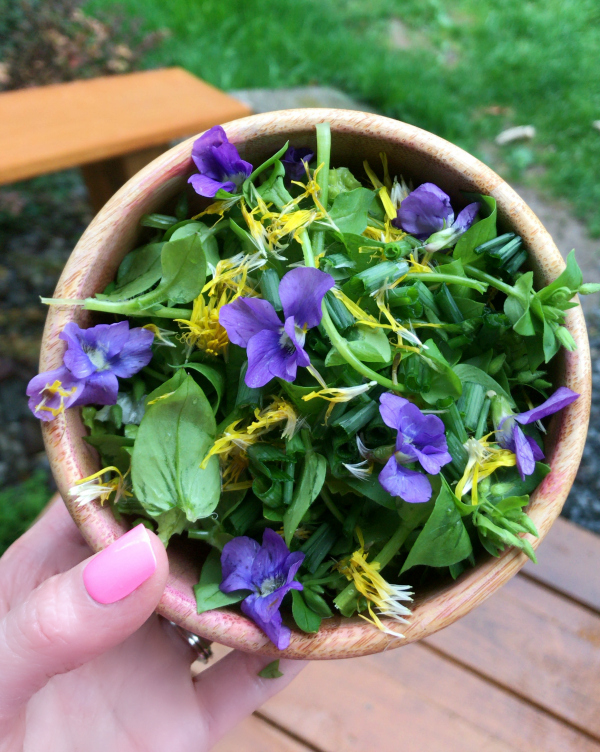
The following weeds in this blogpost are the first to show in spring & can be found abundantly all across the United States (and many other parts of the world.) If you have a lawn, you most likely have all these plants growing right in your yard! See how many you can find in your lawn…..
Spring Edible and Medicinal Plants Growing in your Lawn
Ground Ivy (Glechoma hederacea)
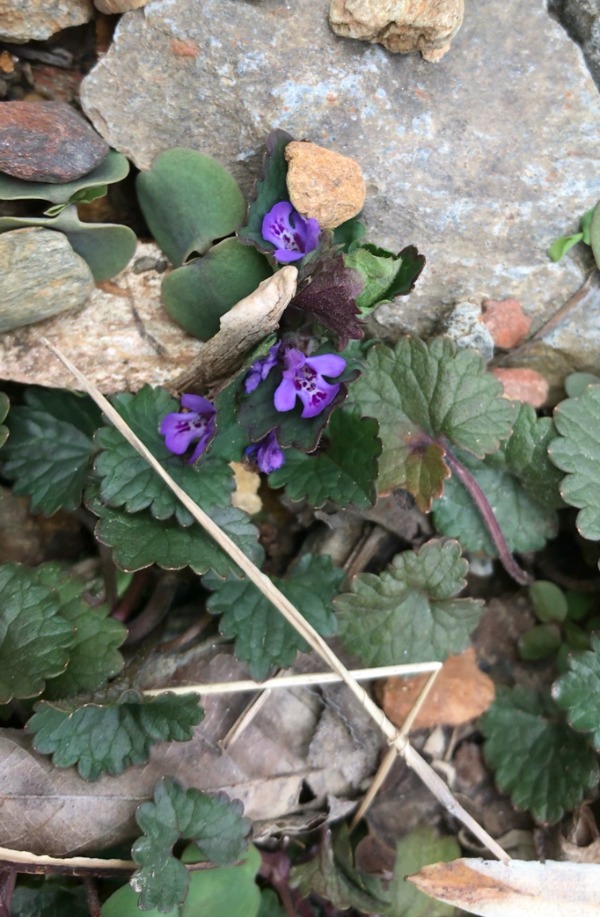
Ground Ivy Identification
Ground Ivy is a member of the mint family and appears in early spring. It especially loves wide open spaces and sunshine. It’s found abundantly in lawns and is often called Creeping Charlie. The leaves are scalloped and covered with very tiny fine hairs. The stems are square and also covered in small hairs. It’s a low growing plant that grows voraciously and grows in runners. You can find delicate purple, tubular flowers that flower in the spring and will continue until the Fall. If you bruise the leaves, ground ivy will smell like a mix of thyme, sage & mint. I’ve named the smell “earthy mint.” There are no toxic look-alikes.
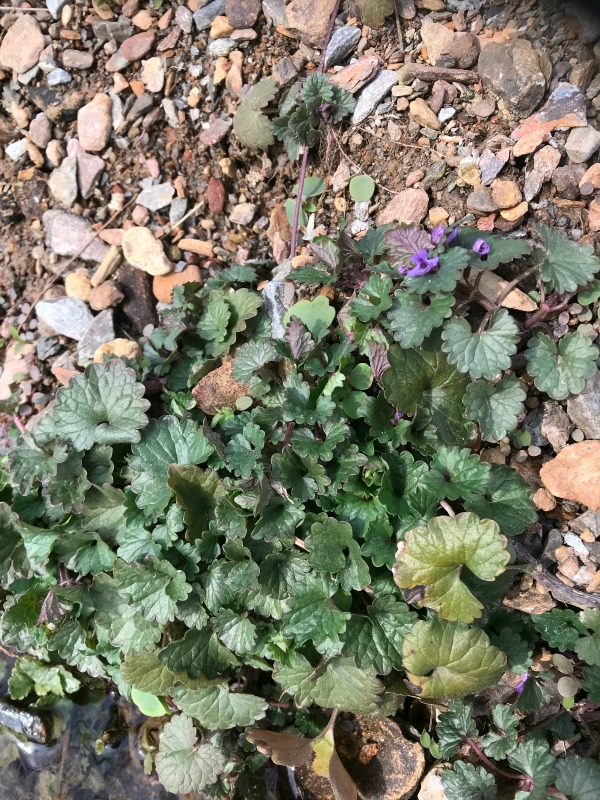
Ground Ivy Health Benefits
Ground ivy is antibacterial, antiviral, antiseptic, anti-inflammatory and an expectorant. Historically, the plant has been used to reduce allergies, treat and prevent colds, the flu, helps coughs and respiratory issues. It fights viruses and strengthens the immune system. It’s currently being studied for use in Leukemia and cancer. A medicinal tea is often used to treat digestive issues, gastritis, and acid reflex. Most notably, it’s very effective at detoxifying the body of heavy metals, particularly lead and mercury. Ground Ivy also promotes relaxation and is high in Vitamin C.
How to Use Ground Ivy:
The leaves and flowers are edible raw or cooked.
Use in soups, stews, salads, broth and garnishes. The flowers are edible and can be added to salads. Use anyway you would a fresh herb.
Ground Ivy Medicinal Tea – Bruise 1 tablespoon fresh leaves, pour 1 cup hot water over the leaves. Let steep, covered, for 15 minutes. Add lemon and/or honey, if desired.
Medicinal Bath with Ground Ivy helps backaches and muscle spasms and is very calming to the body. Gather 1 cup of fresh ground ivy in a large pot. Pour in 1 gallon hot water. Cover and let steep for at least 45 minutes up to a few hours. Strain out the plants and pour into a bath. Relax for at least 20 minutes.
Purple Deadnettle (Lamium purpureum)
Purple Deadnettle Identification
Purple deadnettle is another member of the mint family and can be found all over lawns. The stems are square with fine hairs on the stem and leaves. The leaves are heart/triangular shaped with hints of purple on them. The small purple/pink flowers are tubular. The upper and lower lip ends of the small flower will incline toward each other. Purple deadnettle has a very earthy smell. There are no toxic look-alikes.
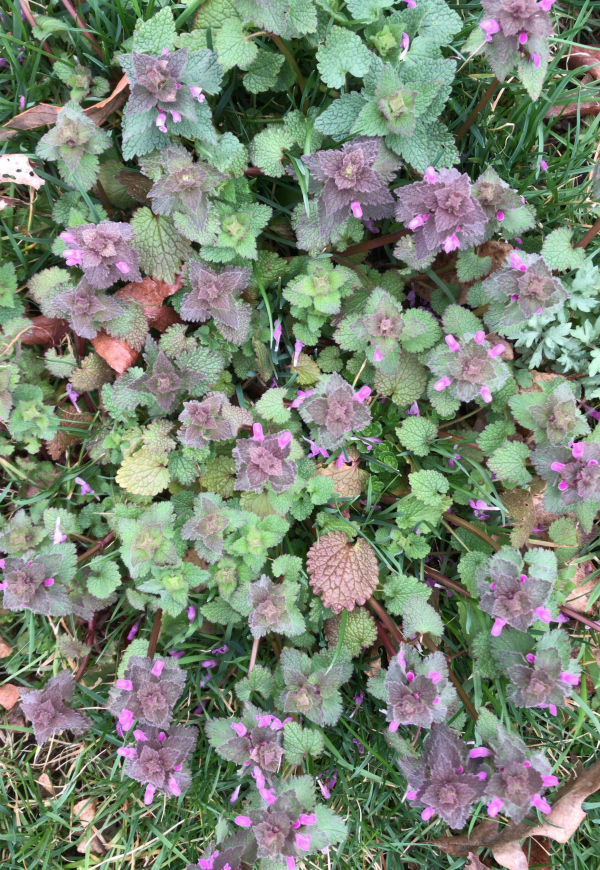
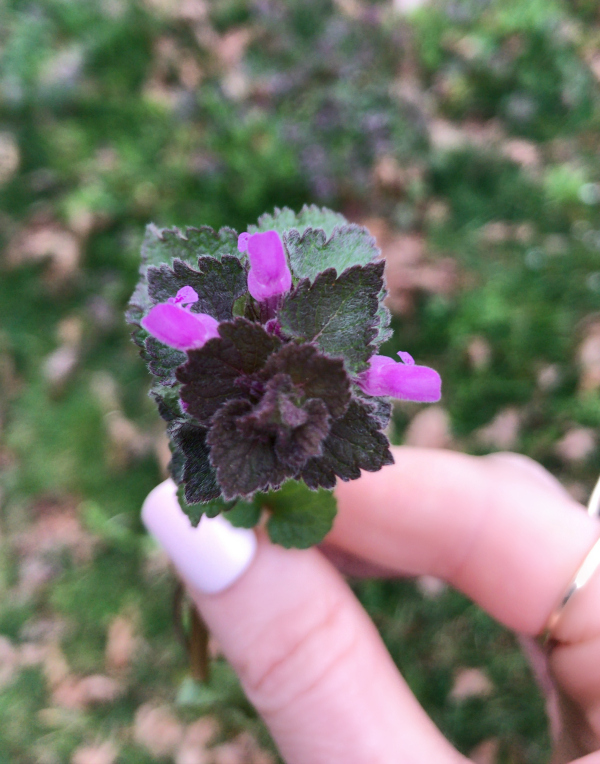
Purple Deadnettle Health Benefits
Purple deadnettle is most well known for helping combat seasonal allergies. It’s anti-inflammatory, antiviral, antibacterial and anti-fungal. The leaves of the purple deadnettle plant can be placed on wounds or cuts to stop bleeding. The vitamin C and flavonoids in purple deadnettle work together to strengthen the immune system and fight infection. It helps prevent infections of the sinus, throat and lower respiratory tract.
How to use Purple Deadnettle:
The whole plant is edible raw or cooked. You can use it in salad, soups, garnishes or any way you would use a fresh herb like basil or oregano.
Purple Deadnettle Medicinal tea is a wonderful natural remedy if you are prone to getting seasonal allergies. Chop 1 tablespoon purple deadnettle leaves/flowers. Pour 1 cup hot water over the chopped plant. Let steep, covered, for 15 minutes. Add lemon, mint and/or honey, if desired.
Chickweed (Stellaria media)
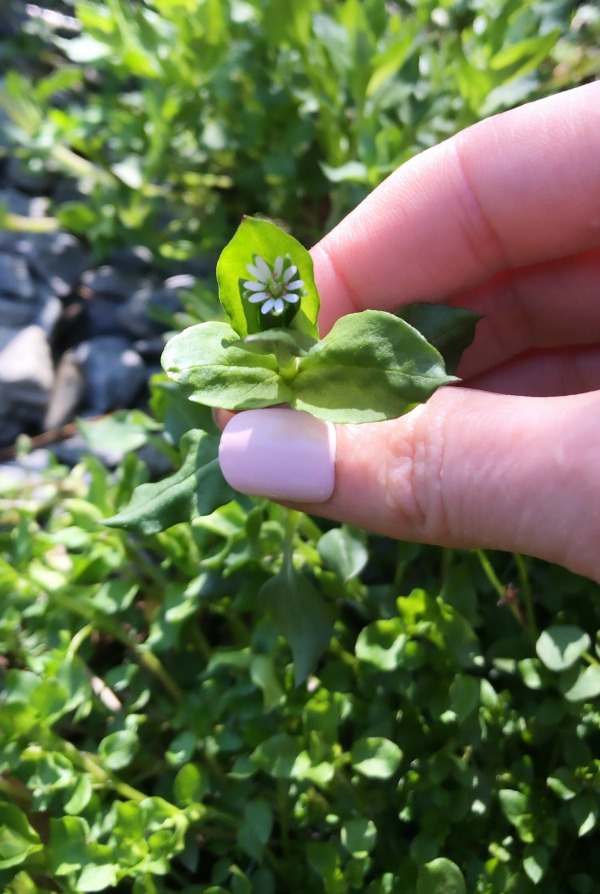
Chickweed Identification
Chickweed grows almost anywhere, but prefers shady, moist areas. It’s a very common lawn and garden weed and is also often found at the base of trees. Chickweed has a single line of fine hair on the stems, oval leaves, and tiny, daisy-like blossoms.
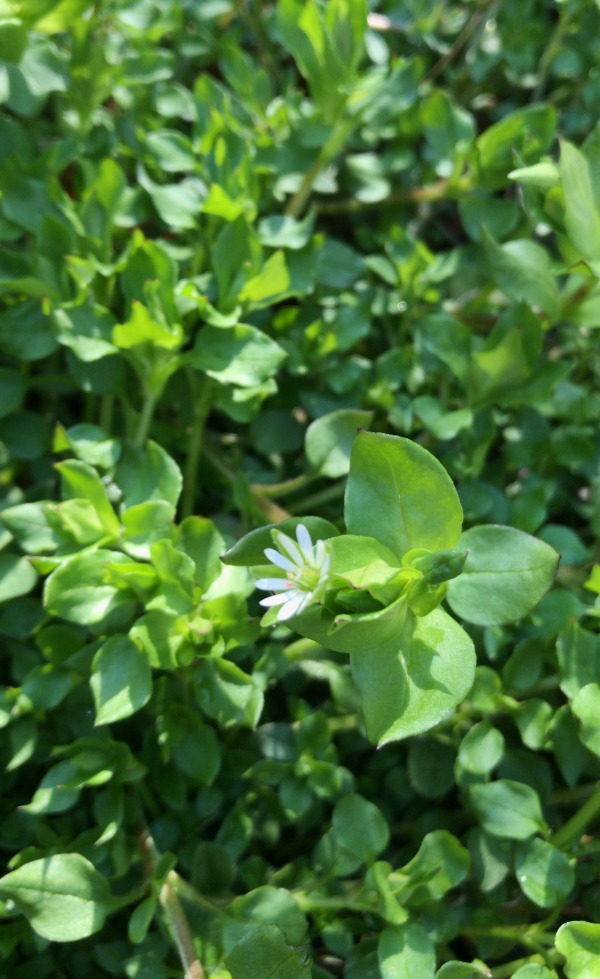
Chickweed Health Benefits
Chickweed is deeply nutritive, providing abundant vitamins and minerals, especially Vitamin C and antioxidants. It increases the permeability of mucous membranes to help the body absorb & assimilate nutrients more efficiently. It cleanses the blood and gently stimulates the lymphatic system to help the body detoxify toxins. Chickweed is extremely anti-inflammatory. It’s most well known for helping skin conditions (great for psoriasis, eczema, rashes and wounds), digestive health, coughs, colds and respiratory conditions.
How to use Chickweed:
The whole plant is edible either raw or cooked. Use in salad, soups or anyway you would use spinach or green lettuce. It’s absolutely delicious raw and very mild. My toddler loves chickweed and is known to eat entire platefuls of it!
Chickweed Medicinal Bath – this is especially helpful for skin conditions like eczema, psoriasis or rashes. Gather 1 cup of chickweed in a large pot. Add 1 gallon of hot water. Let steep for at least 45 minutes up to a few hours. Strain chickweed out and pour in bath water. Soak for at least 20 minutes.
Violets (Viola)
Violet Identification
Violets are abundant in the spring and are most often found in shady areas. They have heart shaped, hairless leaves, purple flowers (purple is most common, but can be yellow or white, too) that slightly droop. The flowers bloom early spring to early summer.
Violet Health Benefits
Violets strengthen the immune system, are extremely anti-inflammatory and are rich in Vitamin C and Vitamin A. They are wonderful at stimulating the lymphatic glands to help the body get rid of toxins. Historically, they were used for respiratory conditions, to soothe sore throats, and treat sinus infections, coughs and colds.
How to Use Violets:
Both the leaves and flowers are edible raw or cooked. Use in salad, soups, garnishes, tea. The purple flowers also add so much beauty to cakes, pies, cookies, salads, etc.
Dandelion (Taraxacum officinale)
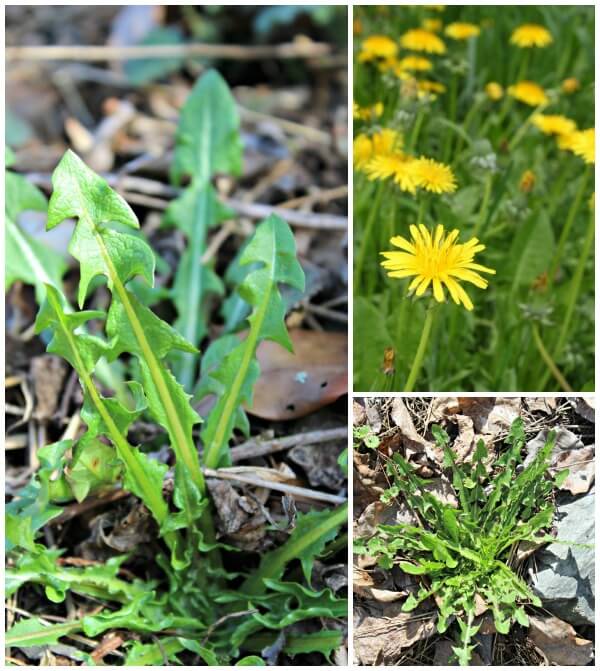
Dandelion Identification
Dandelions have toothy, deeply-notched, basal leaves that are hairless and form a rosette above the central taproot. The bright yellow flowers are produced sporadically from early spring to late fall. They are found in virtually all habitats and love lawns. No toxic lookalikes.
Dandelion Health Benefits
Dandelions are highly nutritious and a wonderful source of vitamins, minerals and antioxidants. They are are anti-inflammatory, antiviral, antibacterial, anti-fungal & antimicrobial. Dandelion supports skin health, liver health, immune health and bone health. Dandelion also helps balance blood sugar and improves digestion.
How to Use Dandelion:
Every part of the dandelion is edible, including the flowers, leaves, seeds and the root. Eat dandelion greens with warm bacon dressing. Doing so gets rid of any bitter flavor the greens may have. I also love adding the flowers and petals to salad and desserts. The roots can be dried and put in tea.
Want to learn about more wild spring edible and medicinal plants?
Click the picture below for another spring edible post:
More beginner foraging resources
My favorite beginner foraging books:
Herbal Adventures by Rachel Wolf
Backyard Foraging by Ellen Zachos
Incredible Wild Edibles by Samuel Thayer
Wishing you many delightful discoveries out in nature!

 Primally Inspired Real food, Natural Remedies, Holistic Living
Primally Inspired Real food, Natural Remedies, Holistic Living






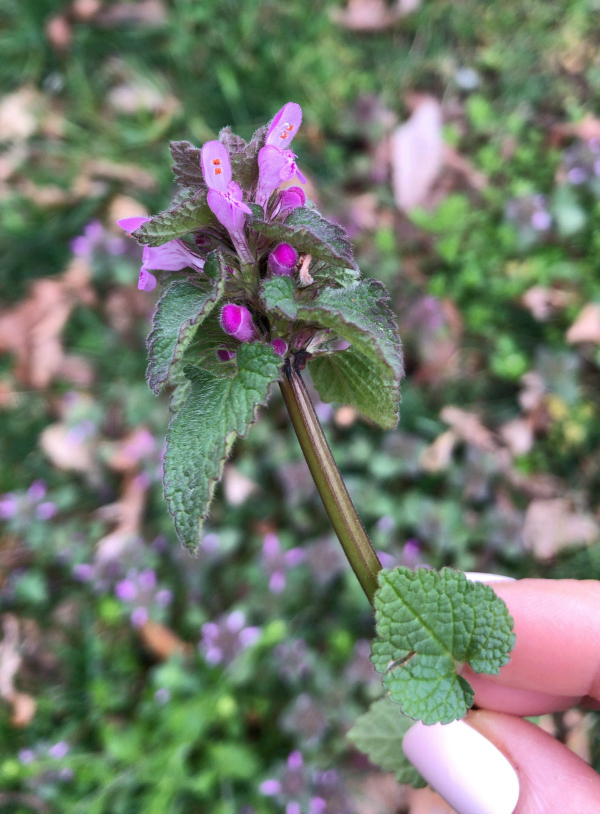
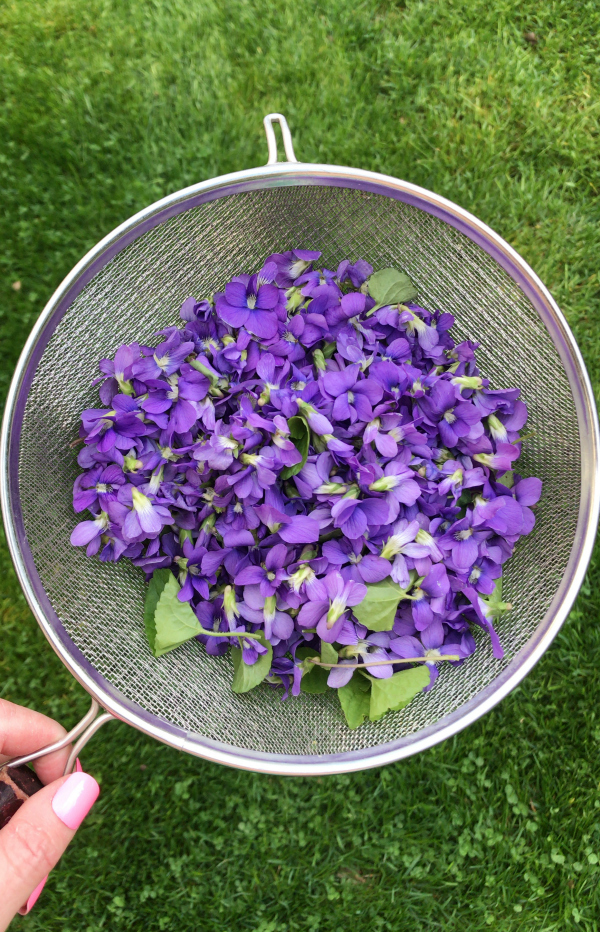

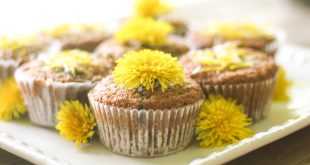
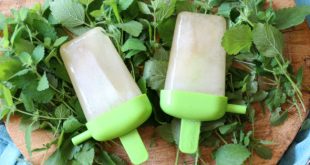
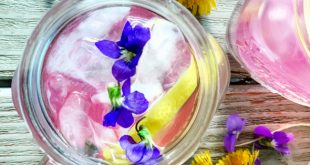
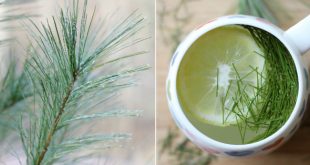
We just bought a new place out in the country in east Texas. I know I have several wild edibles on the property. Your post has inspired me to leave the unpacking to go hunt some down and use them while they are available. Love your posts Kelly!
Congratulations on your new place, Gay! How exciting!! Hope you are doing well – I always love getting comments from you!
I learn so much from you as well! Keep it up great post.